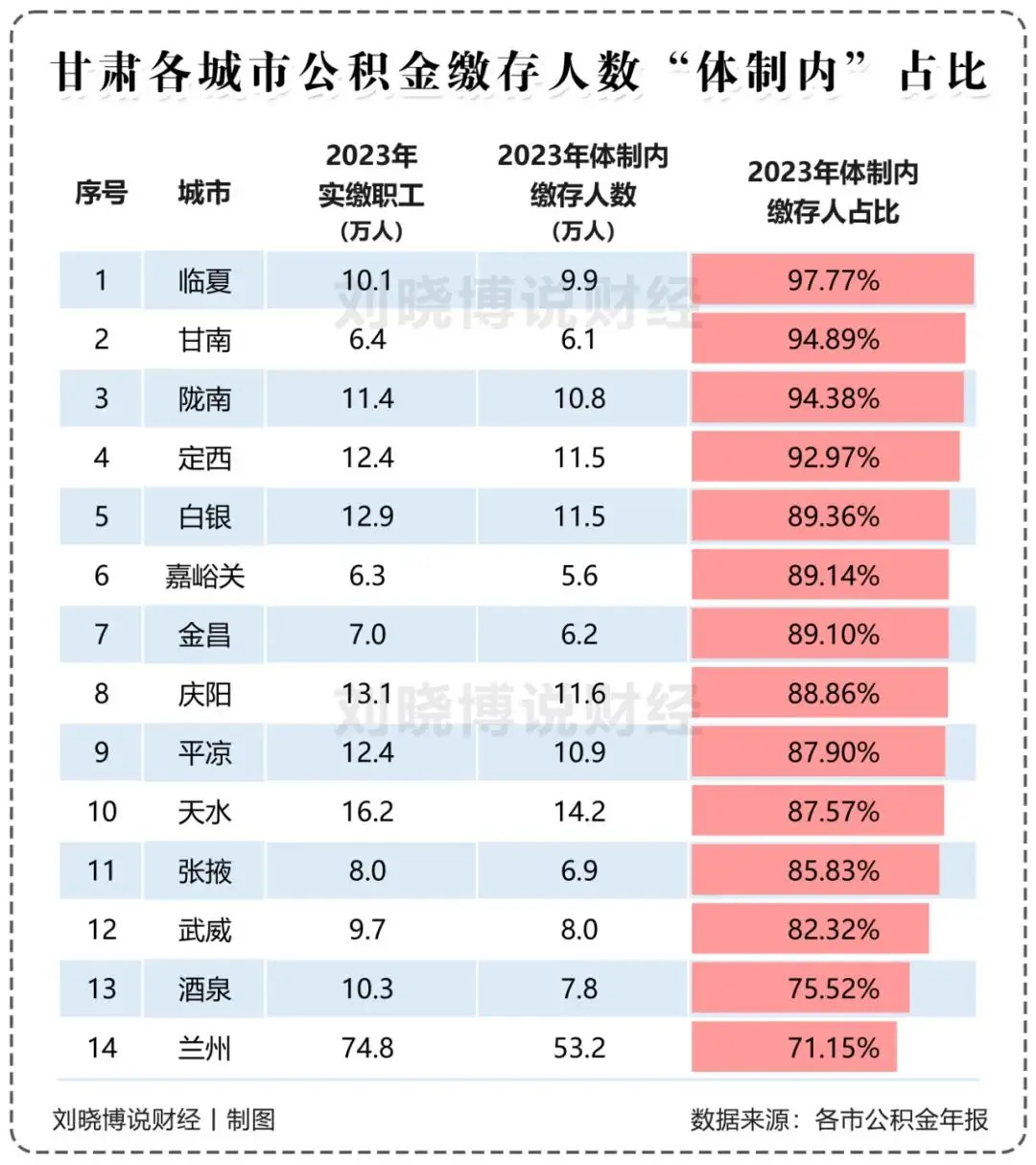An Interesting Angle Measuring Local Economic Vitality in China
Independent Economic Observer Liu Xiaobo Proposes New Index to Gauge Local Economic Vitality: "State Magnitude Index"
Hello readers, recently, I’ve come across a new index measuring economic vitality at a regional level- “State Magnitude Index,” or (体制内强度). This Index was first proposed by an independent economic observer, Liu Xiaobo. Liu graduated from Nankai Univerity and subsequently worked at Tianjin Youth Daily, Shenzhen Evening News, and Shenzhen Economic Daily. He is a veteran financial reporter and a financial commentator. He has been tracking this index for three years and has published several related articles about it on Xueqiu, an online forum focusing on stocks. Here, I have attached the link:https://xueqiu.com/4918059469/253484213
What is the "State Magnitude Index"
In a simple way of explaining this index, the “State Magnitude Index” refers to the proportion of people within the system (including government agencies, public institutions, and state-owned enterprises) in a given location who contribute to the housing provident fund relative to the total number of contributors in that location. A lower number suggests a better environment for startup companies to start their business. A higher number may suggest the counterpart. According to Liu, the index is generally below 33.3% in developed cities.
I need to say I’m not an economist, and It’s not my turn to judge this index's accuracy and rigor, but I find this approach quite convincing for two reasons.
First, housing provident funds have long been viewed as a form of welfare primarily benefiting the public sector. In China, only a limited number of private companies contribute to their employees' housing provident funds. According to the 2023 annual report of the National Housing Provident Fund, the housing fund covers only 12.3% of total residents. Most of the private companies that do contribute are well-structured and financially stable.
Second, data on housing provident funds is transparent, accessible, and, most importantly, comparable across regions. The same report reveals that the number of people contributing to the housing provident fund in national government agencies and state-owned enterprises accounted for 45.21% of the total number of contributors nationwide. This national average serves as a benchmark, making it easier to assess whether the local situation is healthy.
The logic follows that a higher index suggests the local economy revolves more around the power structure than local pillar industries. This is because private companies are typically too weak individually to contribute to housing funds. Thus, the area may not be a good place for starting a business.
How is the situation of this index in the top 50 cities
The picture below suggests the Proportion of Housing Provident Fund Contributors “state magnitude index“ in Major Cities in 2022. Cities in the northern and western parts of China have the highest numbers, like Lanzhou and Xining. Many are highly reliant on transfer payments from the central government. At the same time, coastal cities in the southern and eastern parts of China have the lowest number, including cities like Suzhou, Dongguan, Hangzhou, and Shenzhen, suggesting higher economic vitality and a stronger private sector in the region.
Source: Liu’s personal social platform account
In Guangdong, the index of 21 cities is highly fragmented and shows polarized characteristics. In Dongguan, Shenzhen, and Foshan, cities with large migrant populations and high levels of marketization, the state magnitude index is below 20%.
The index in Zhuhai, Guangzhou, Huizhou, and Zhongshan is also relatively low, not exceeding 27%. Jiangmen, Qingyuan, and Zhaoqing do not exceed 50%. As for the 10 cities outside the Pearl River Delta, such as Jieyang and Maoming, the index is very high, almost the same as cities in Northeast China.
Situation in Guangdong province
In Liaoning province, in North East China, Dalian's index is only 22.92%, the lowest in Liaoning, followed by Shenyang, reaching 42%.
The index in most cities in Liaoning exceeds 70%, demonstrating the power of the "system" in the Northeast region. The author believes this is also an important reason why the Northeast cannot retain its population, and young people are leaving to seek opportunities elsewhere.
Index of different counties and cities in Liaoning
You might think the index of Liaoning is high enough, yet Gansu province in northwestern China is even higher. The index of all counties and cities in Gansu has exceeded 70%. In Linxia Hui Autonomous Prefecture, the index even reaches over 97%.






